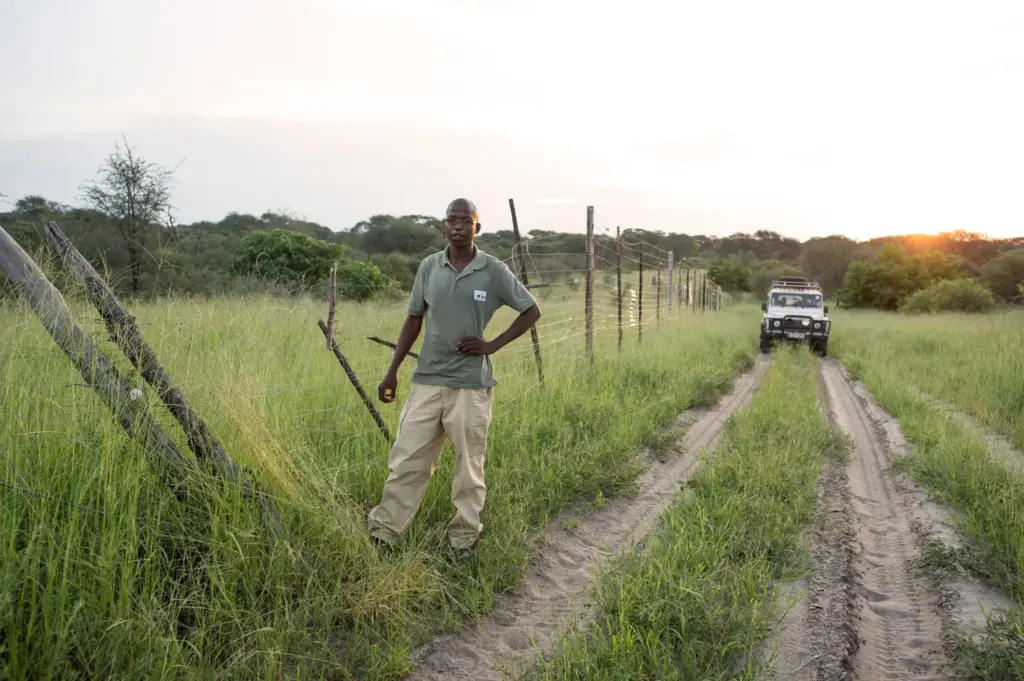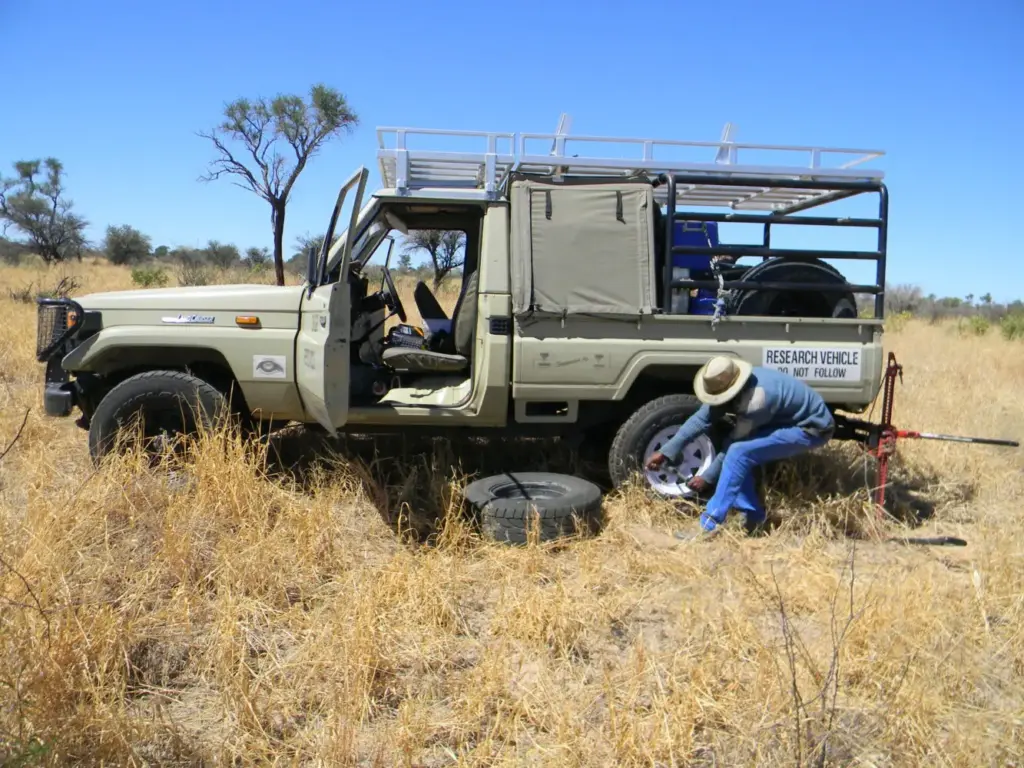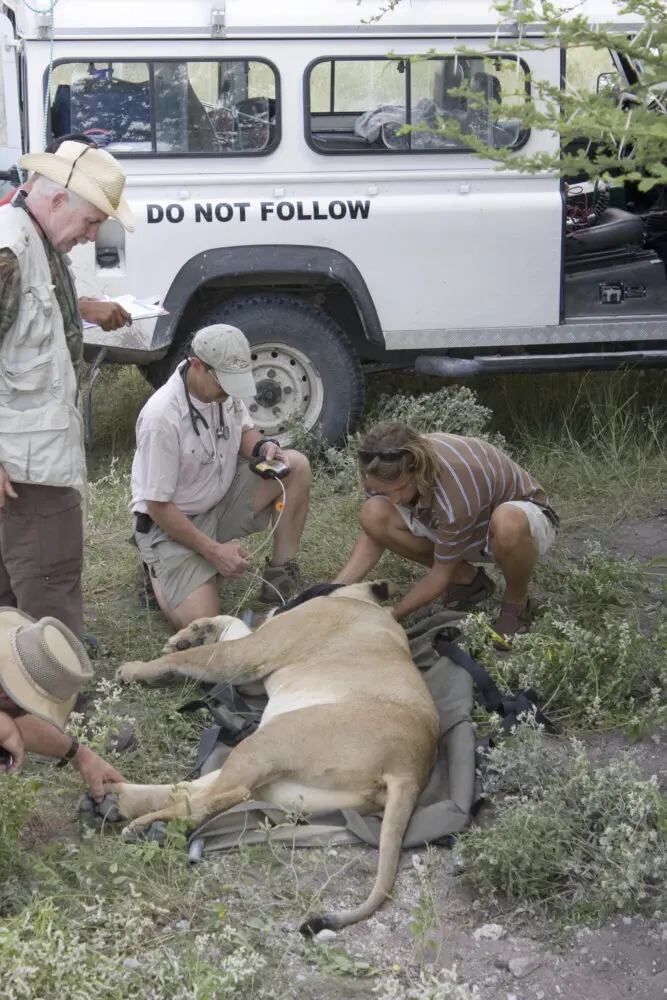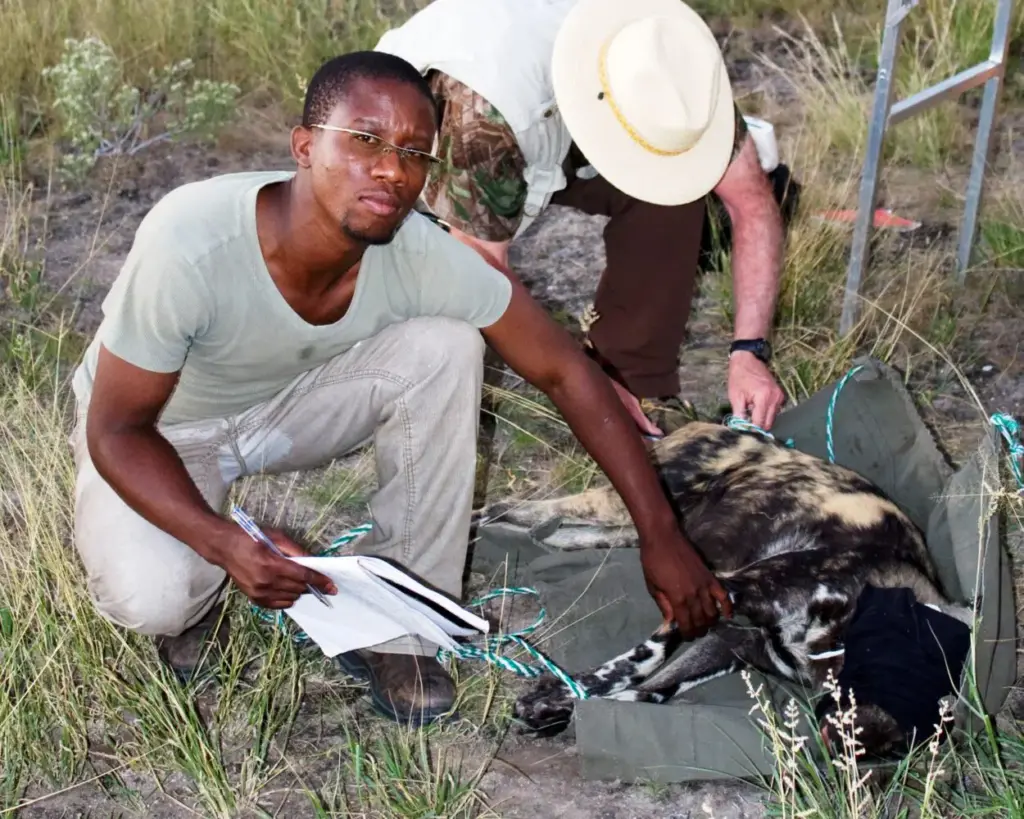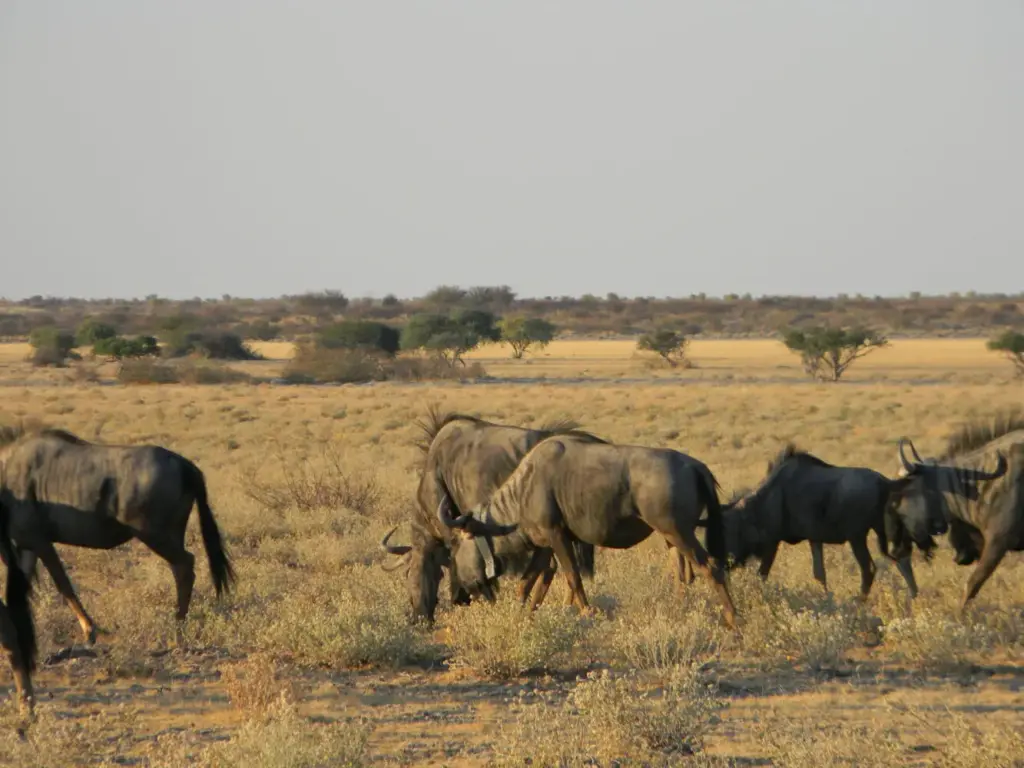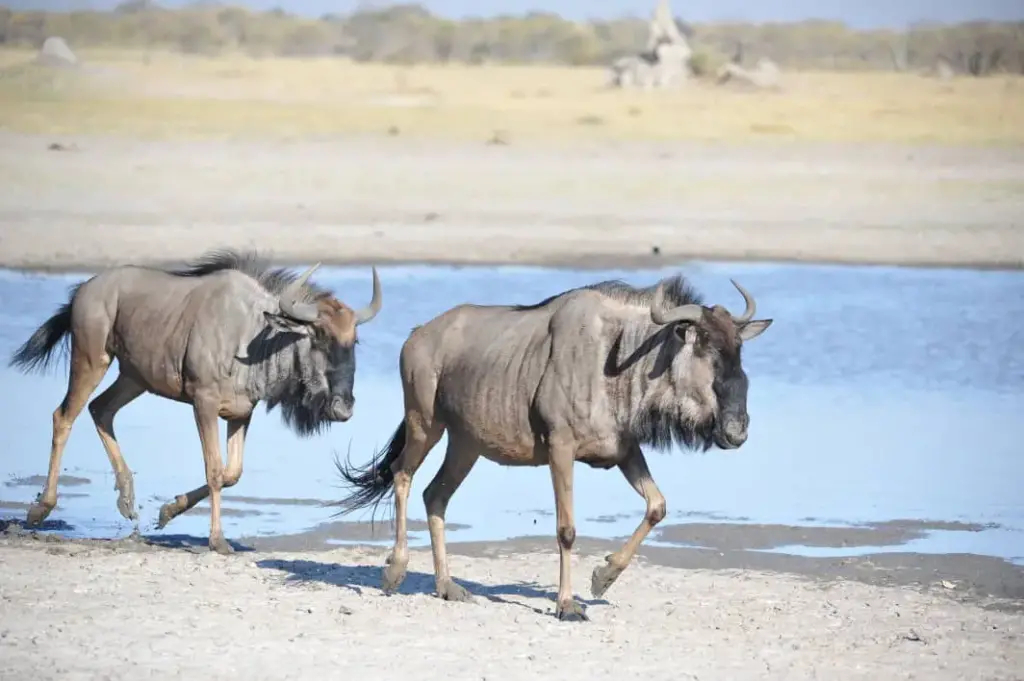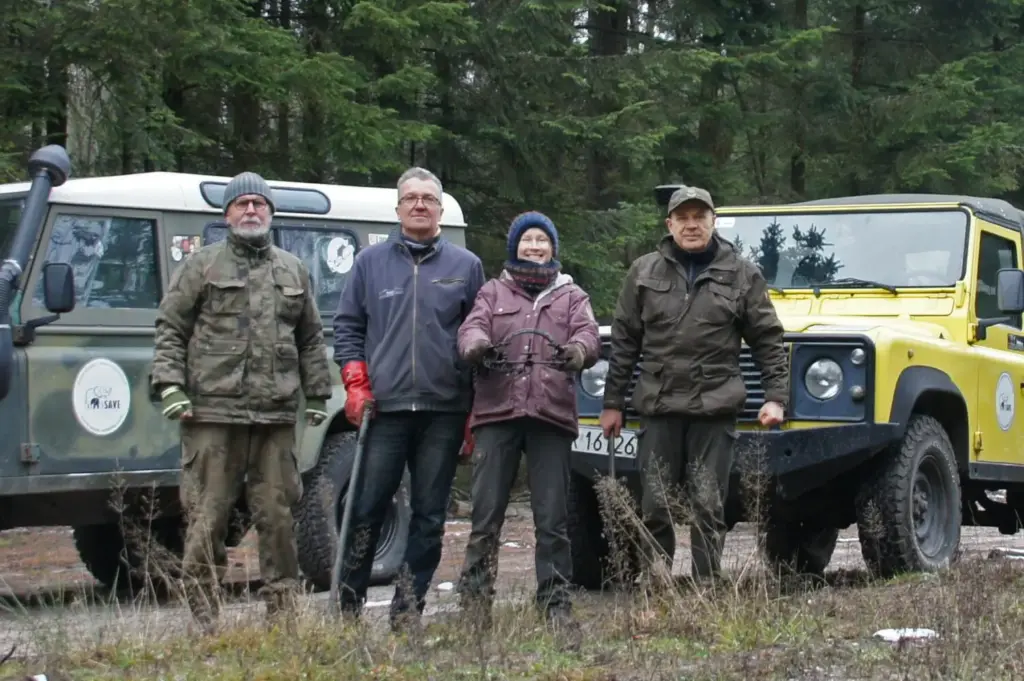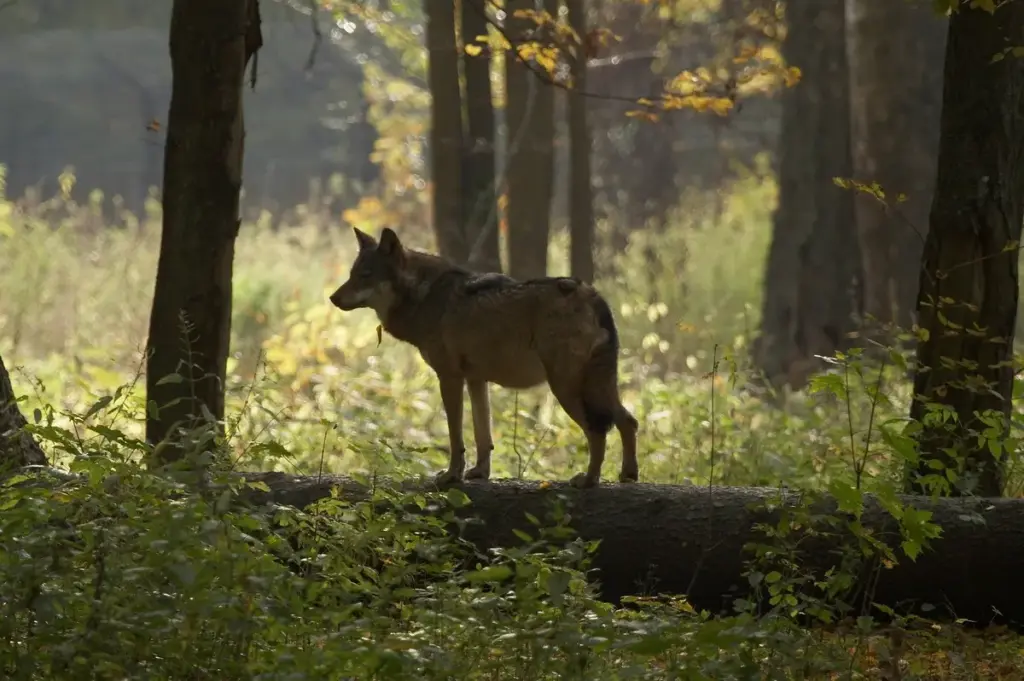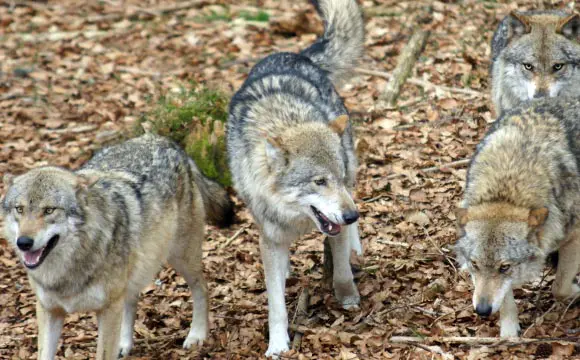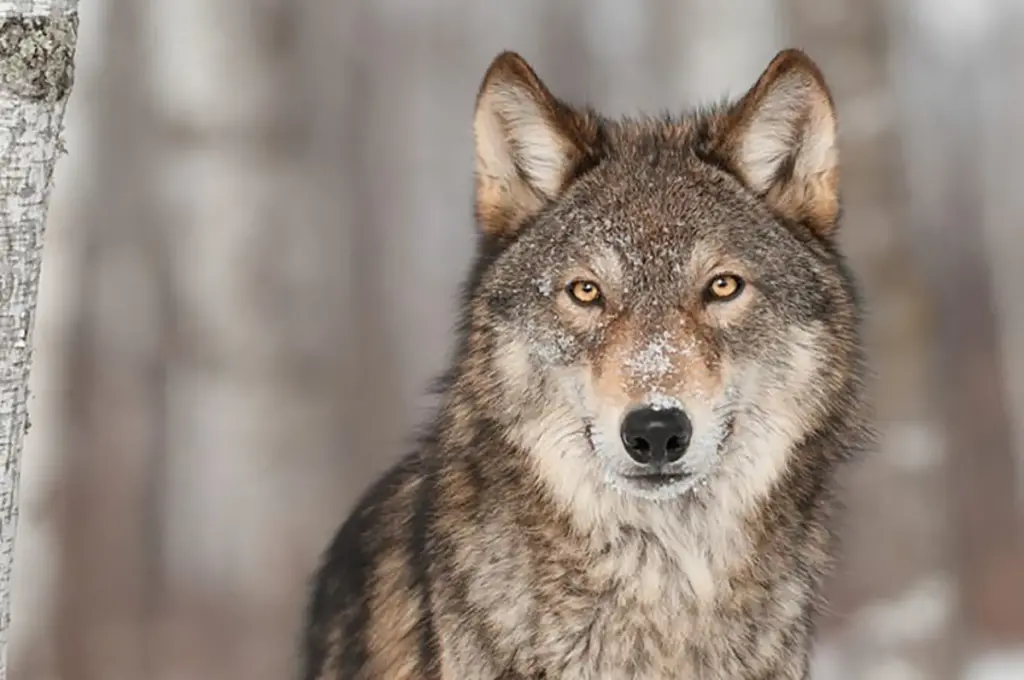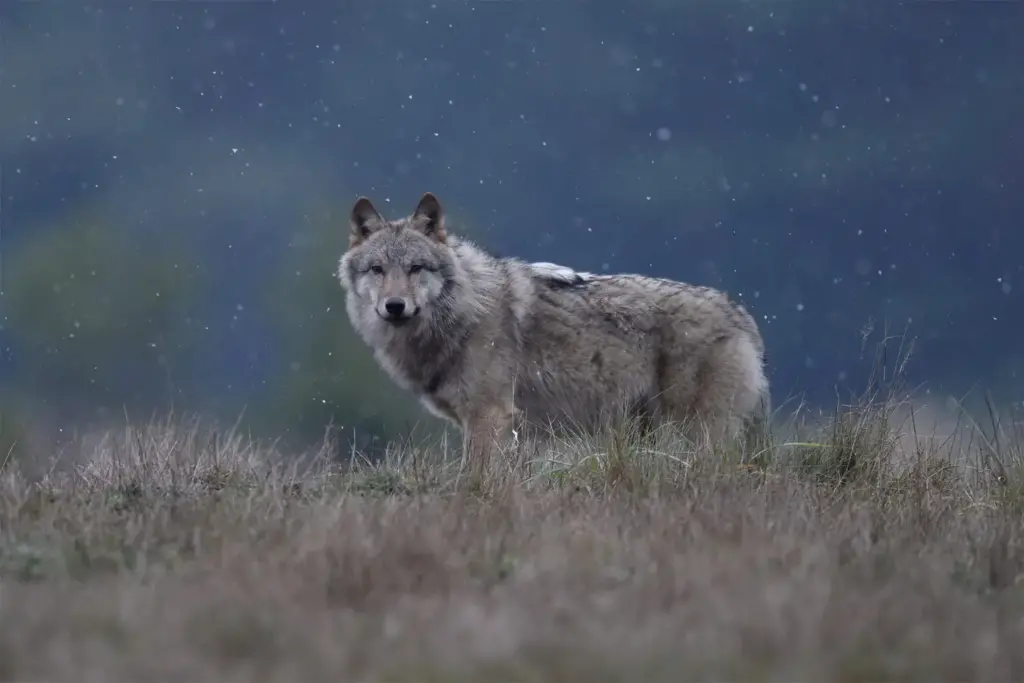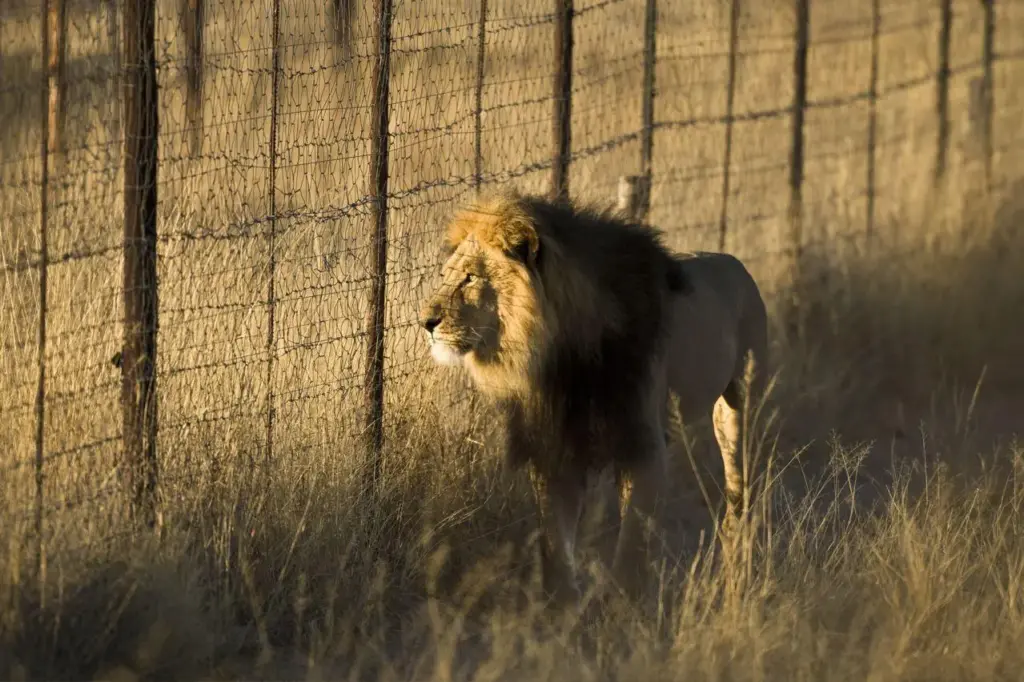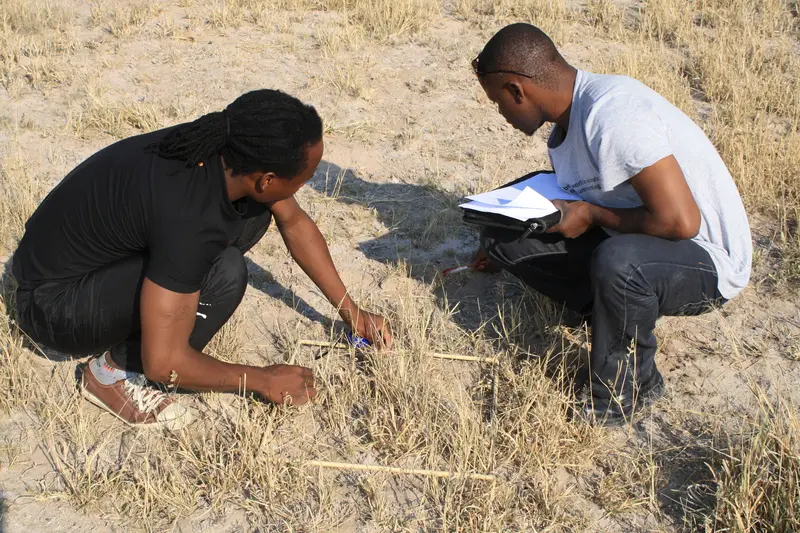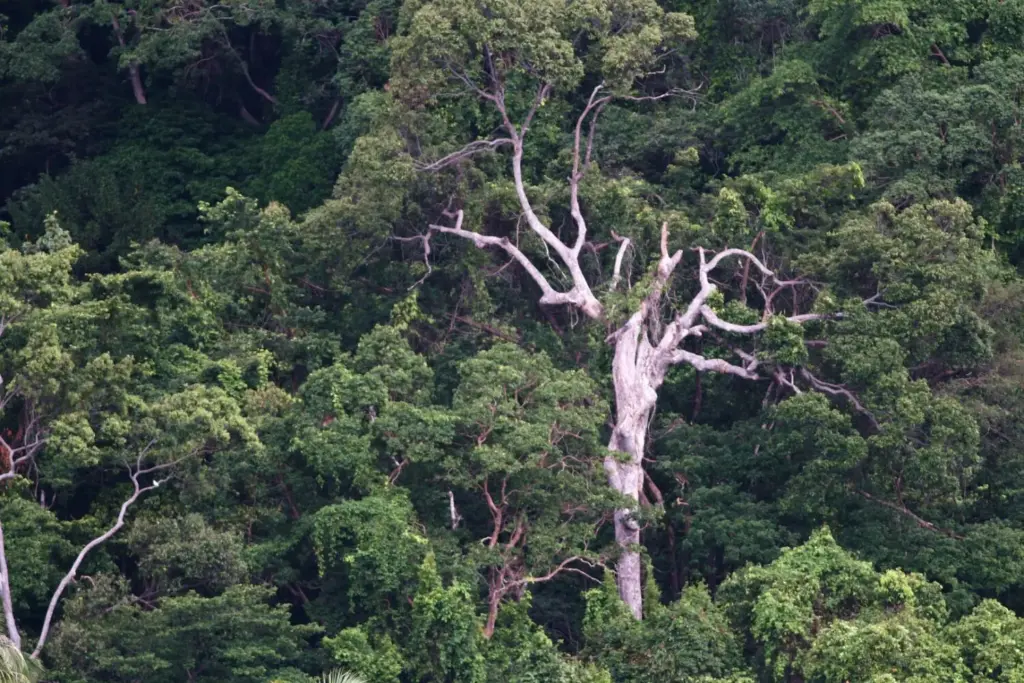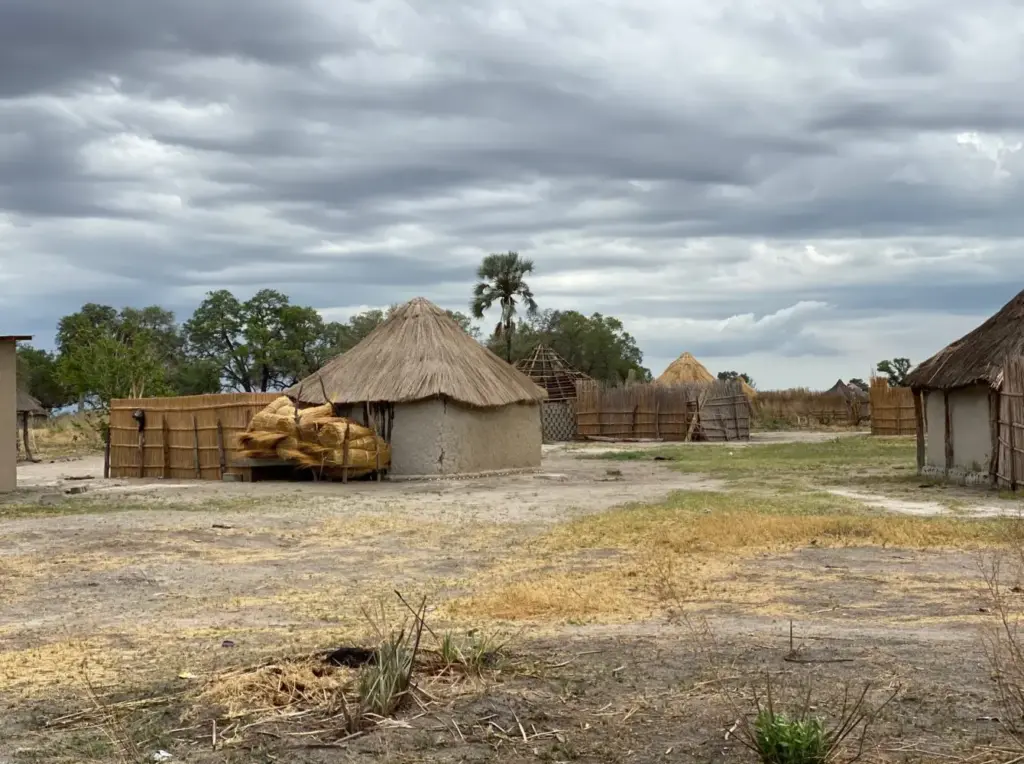Search
Research at SAVE
The area of research is very important for our species conservation strategy “Education for Conservation“. From the research results, we develop concepts and activities that help to understand the conflict between humans and wildlife. The results from the various research areas provide us with information on cause and effect, from which we derive appropriate measures for peaceful coexistence.
In addition, we collect data that reveal certain behaviors of wildlife and thus help develop learning content for our educational programs and playgroups and thus pass on knowledge to the children and young people. Results from the research are used both to design seasonal conflict avoidance techniques and to predict how this likely uniquely large wildlife population would decline as a result of anthropogenic developments or other actions.
Our research arm has a direct impact on community development projects. One example of this is more sensitive management of wildlife. As we work more with communities on the periphery of the wildlife area, it is important for us to train communities on how they should ideally behave when they encounter wildlife such as elephants. Children are taught how to identify specific animal tracks in their environment. This has a huge impact on the design of our education programs, posters, workbooks for children, and curricula for teachers. In summary, it gives communities the opportunity to share experiences and learn from other existing and successful community projects.
Lions
Summary:
Many large land mammals of Africa travel long distances in search of food and water. In north-central and northeastern Namibia, there are large numbers of large mammals of high, economic and cultural value. However, these animals are increasingly threatened by anthropogenic pressures and loss of habitat and migration routes. Maintaining landscape connectivity can help reverse the effects of habitat loss and fragmentation of large mammal populations and strengthen the resilience of ecological reserve networks to climate change. This work examined the evolution of the distribution and movement patterns of African lions (Panthera leo) and African elephants (Loxodonta africana) over three time periods and identified potential corridors for these species. To reconstruct past occurrences of the species, shapefiles of their distribution were created and historical maps were digitized. Using ArcGIS software and developing models for habitat suitability and cost-effective connectivity, potential corridors for lions and elephants were identified. Habitat suitability factors were selected and weighted based on literature reviews and expert knowledge. Using home ranges and movement profiles derived from telemetry data, model results were validated by expert opinion. The results of the study showed that Namibian lions and elephants have experienced substantial habitat reduction and restriction of their movement profiles triggered by human activities such as land use change and associated fragmentation. Suitable habitat for lions and elephants has been found primarily in protected areas such as Etosha, Mangetti, and Khaudum National Parks along the Omatako River. Potential low-cost trails linking these main habitats have been identified, but implementation is challenging due to the high number of people in the area. Alternative strategies may have the potential to restore large mammal movements and maintain population viability in the study area, such as encouraging the development of wildlife-based land uses in community conservation areas and on private property, careful fence design, education programs, and translocation of certain species. Further research is needed to confirm the preliminary results of the lion and elephant corridors and to evaluate the effectiveness of alternative conservation strategies.
Research paper:
Identification of potential corridors and species conservation strategies for large terrestrial mammals in north-central and northeastern Namibia.
Summary:
Keitumese Ngaka researched the conflict between humans and lions in Botswana to determine what type of fencing or separation would be needed to reduce the conflict. During his research, interviews were conducted with many farmers to include their perceptions.
Generally, conflict increased during the rainy season, possibly due to the migration of preferred prey (zebra and wildebeest) to the east of MPNP where they could find water after the rains. This migration may therefore have reduced the abundance of preferred game prey, leading lions to switch to hunting livestock.
Research paper:
The influence of the Makgadikgadi fence and the re-flowing of the Boteti
Summary:
Lions have declined significantly in southern Africa over the past two decades, both in numbers and distribution. This is due to the decline of wild prey species, habitat destruction and increasing conflicts with farmers, especially along the borders of protected areas.
The Botswana Department of Wildlife and National Parks (DWNP) aims to translocate lions from farmland to concrete protected areas to protect livestock on farms. To study the outcome of this strategy, a number of lions were translocated to the Central Kalahari Game Reserve (CKGR) and the Kgalagadi Transfrontier Park (KTP) and fitted with satellite collars. In this study, data collected from the collars were analyzed to determine how the translocated lions moved, their survival rates, and, where relevant, their causes of death.
Research Paper:
Outcomes of lion, Panthera leo, ranslocations to reduce conflict with farmers in Botswana
Summary:
African lions are an essential component of natural ecosystems in Africa. They directly regulate populations of herbivores, which in turn maintain grasslands and associated systems. These ecosystems have deteriorated in recent decades and lion population declines are thought to play a role in this.
Kevin examined the factors that influence lion behavior and ecology, including the effect of seasonal fluctuations in the size of wild prey herds. The current herbivore prey population is significantly smaller than it was before the statewide veterinary fences were installed. Placed GPS radio collars for positioning on 13 lions in 6 prides in a study area of approximately 9,911 square kilometers in the north of the Central Kalahari Game Reserve (CKGR) in central Botswana. The collars recorded a total of 241,858 usable GPS positions, and he visited each lion monthly.
Research Paper:
The Ecology and Management of Kalahari Lions in a Conflict Area in Central Botswana
Wild dogs
Summary:
African wild dogs are endangered and their populations continue to decline in many African reserves. These declines have been largely linked to a variety of anthropogenic biotic and abiotic dynamics. Conservation and sustainable management of African wild dogs requires a proper scientific understanding of their basic ecology. Better scientific knowledge of scent-marking behavior and feeding habits of African wild dogs should support strategic management of the species by scientists. This paper discusses the scent-marking characteristics and feeding patterns of African wild dogs in parts of northern Botswana. Scan sampling and all sampling methods were used to observe 24 (16 adult and 8 sub-adult) African wild dogs from three packs between August 2010 and April 2012.
Research Work:
Hyena
Summary:
The spotted hyena is a large predator with a distinct social behavior. Like other large predators in Africa, the spotted hyena is threatened by habitat loss as well as direct conflict with humans. Today, spotted hyenas are found only in the small forest-savanna mosaic of Odzala-Kokoua National Park in northwestern Republic of Congo. The spotted hyena population in OKNP represents the only remaining spotted hyena population in the Batéké Plateaus and Congo Basin.
In order to implement successful conservation strategies, close monitoring of this population is necessary. The aim of Torsten Bohm’s PhD thesis was to investigate the population status and ecology of the spotted hyena in Odzala-Kokoua National Park (OKNP). The study focused on estimating population size and density, examining diet, which provides information on prey base, and examining den sites and features. These provide important baseline information for better protection of these key sites, which are critical to the reproductive success of the population.
Research Work:
Population ecology, conservation status and genetics of the spotted hyena
Wildebeest
Summary:
The population of blue wildebeest (Connochaetes taurinus) in semi-arid savanna regions is subject to strong spatial and temporal environmental fluctuations in the annual cycle. The population in the Kalahari has lost critical seasonal ranges outside protected areas due to human-induced landscape changes. The population faces sparse and patchy forage availability, seasonally very high daily temperatures, high predation pressure, and limited availability and variable quality of water. We investigated the adaptive strategies of wildebeest in the Central Kalahari Game Reserve with a focus on how daily activity patterns respond to environmental variability in the semi-arid Kalahari. The population coped with heat stress by maximizing its activity during the cool hours of the day. It avoided predation pressure and loss of body condition by minimizing activity at night and during the dry season, respectively. We conclude that seasonal variations in temperature and light play a critical role in the timing of foraging activity.
Research Work:
Summary:
To compensate for losses of accessible surface water, artificial water points have been constructed in the reserve. Water supply alters the habitat choice and resilience of wildebeest in the Central Kalahari. A wildebeest herd that did not have artificial water in its habitat survived the dry season, whereas wildebeest that were accustomed to water supply died when their water points failed during the dry season; thus, water supply altered adaptive behavior and reduced population resilience to the dry environment.
Selebasto assessed the water quality of 12 artificial waterholes against Botswana and international standards for drinking water for wildlife.
Research Work:
Water provision alters wildebeest adaptive habitat selection
Summary:
A study by PhD student Moses Selebatso on wildebeest habitat in the Central Kalahari Game Reserve in Botswana.
In the Central Kalahari Game Reserve in Botswana, SAVE was able to support PhD student Moses Selebatso in his study of wildebeest habitat. Moses Selebatso told us that the animal population is doing poorly – in the last 30 years, the reserve has lost 90% of its wildebeest population. In his study, he concluded that many wildebeest die at the fences when they leave the reserve. SAVE submitted the research report, as well as an urgent call to protect the animals, to the Botswana Wildlife Department.
Research paper:
Wolves
Summary:
The project began with wolf monitoring of wolves in the Holy Cross Mountains. The focus of this important project is research, as well as factual information exchange. Different project regions are supervised by members of the team around Prof. Roman Gula.
With the help of suitable measures we would also like to achieve a networking of individual wolf areas and thus prevent the increasing fragmentation of these areas through urban sprawl and land use. Another goal of the project is the research of measures to prevent attacks of wolves on livestock. To this end, livestock owners will be presented with simple implementable solutions to protect their animals.
Research work:
Summary:
Prey site selection is an important component of predation. In human-modified habitats, anthropogenic landscape features can increase or decrease predator hunting efficiency. We investigated which habitat features increase hunting success of wolves Canis lupus when hunting ungulates in an intensively managed forest in western Poland. We used GPS telemetry and snow tracking to locate kill sites.
Research work:
Summary:
We used snow tracking and GPS telemetry to examine how wolves (Canis lupus) use a dense (4 km/km²) network of forest roads for travel and scent marking. Forty-six percent of wolf tracks, but only 4.6% of telemetry locations, were on forest roads.
Wolves used forest roads to travel quickly and widely throughout their range, but spent relatively little time on roads, especially those with high traffic volumes and during periods of peak human activity. The probability of scent marking was higher on roads than in the field and increased with traffic intensity on roads and near intersections. Our results suggest that wolves use forest road infrastructure while minimizing encounters with humans by spatially and temporally avoiding all roads, including those with low traffic. Continued expansion and improvement of the forest road network could result in increased costs to wolves associated with human and road avoidance.
Research:
Summary:
The human dimension is a critical part of large carnivore conservation. We investigated how the historical presence of wolves (Canis lupus) influences public attitudes toward the predator and its management in rural Poland. From March 2016 to March 2017, we used a self-administered questionnaire to investigate attitudes of rural residents (n=292) and foresters (n=325) in six regions where wolves were either continuously present or recently recovered after a period of absence.
Research Work:
Summary:
This paper aimed to answer four main questions about the current status of wolves in the Polish Great Plain: 1) What is the stage of wolf recovery in western and eastern Poland? 2) Is the Central European population isolated from the Baltic population? 3) Are there notable differences in habitat quality on both sides of the Vistula? 4) Is it pragmatic to divide the wolves inhabiting the Central European lowlands along the Vistula into two management units?
Research work:
Re-evaluation of the wolf population management units in central Europe
Nature Africa
Summary:
Dr. Kristina M. Kesch investigated the effectiveness of wildlife fences in promoting co-existence between humans and wildlife. In order to ensure the maintenance of wildlife fences, it is important to determine the animal species that dig holes underneath the fences. Research has identified the most important of the burrowing animal species and developed a simple and effective method to categorize holes under wildlife fences based on species-specific knowledge of size and shape.
Research Work:
Undermining game fences who is digging holes in Kalahari sands
Summary:
Arid and semi-arid environments have low and unpredictable rainfall patterns, resulting in limited surface water availability for wildlife. In the Central Kalahari Game Reserve (CKGR), wildlife populations have lost access to natural surface water due to fencing, livestock, and human encroachment along access routes. Artificial waterholes have been constructed in the reserve to compensate for this loss. However, there have been no assessments of the water quality available to wildlife and how this may be contributing to population declines in the CKGR. We assessed the water quality of 12 artificial waterholes according to both Botswana and international standards for wildlife drinking water supply.
Research Work:
Assessment of quality of water provided for wildlife in the Central Kalahari
Nature Cameroon
Summary:
The forest block along the Cameroon-Nigeria border (approximately 25,000 km²) is the largest contiguous rainforest in the entire West African biodiversity hotspot – most forest in western West Africa (west of Nigeria) is already highly fragmented. Logging the “heart” of this contiguous rainforest region will not be without consequences. Populations of species in a large and intact ecosystem are able to survive, while small and fragmented populations have a much higher risk of extinction. Since as early as the 1960s, both theoretical ecology and empirical research have provided a basic understanding of the relationship between area size and species richness: In vertebrates, a reduction of ten in original area leads to a 50% reduction in species: This means that fragments of 2,000 km² theoretically contain only half the species present in a similarly sized section of a larger habitat of about 20,000 km². Therefore, it is important to maintain a forested landscape outside of protected areas.
Research work:
Community development Africa
Summary:
Western Zimbabwe and northeastern Botswana are marginal agricultural areas with poor soils and low rainfall. However, livelihoods in rural communities rely heavily on subsistence agriculture, particularly crop farming and livestock ownership, with the average household owning 6-10 cattle and 6-10 sheep or goats.
Poverty increases dependence on natural resources and leads to unsustainable, illegal, or commercial use of resources such as timber, wildlife products, and bushmeat. Simple improvements in farming practices greatly improve yields and food security and reduce land and labor requirements and environmental damage. Map of study areas. 1) Tsholotsho 2) Mabale 3) Victoria Falls, Mvuthu/ Shana area 4) Chobe Enclave 5) Khumaga, Makgadikgadi. Around protected areas, predation of livestock by large predators, especially lions, results in significant losses to already impoverished populations. Loss of migratory migratory animals further impacts the ability to cultivate fields, and livestock predation routinely results in retaliatory kills of globally threatened predators, leading to population declines and measurable impacts on biodiversity and ecosystem function in protected areas.
Research Paper:
Alleviating rural poverty through conflict mitigation and improved crop yields
Stay up to date – we will inform you regularly about our projects and further activities.

